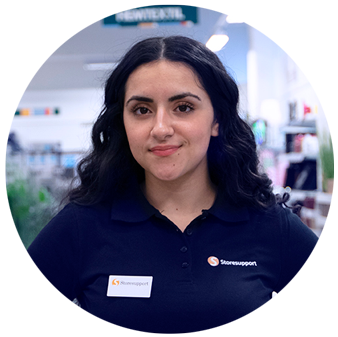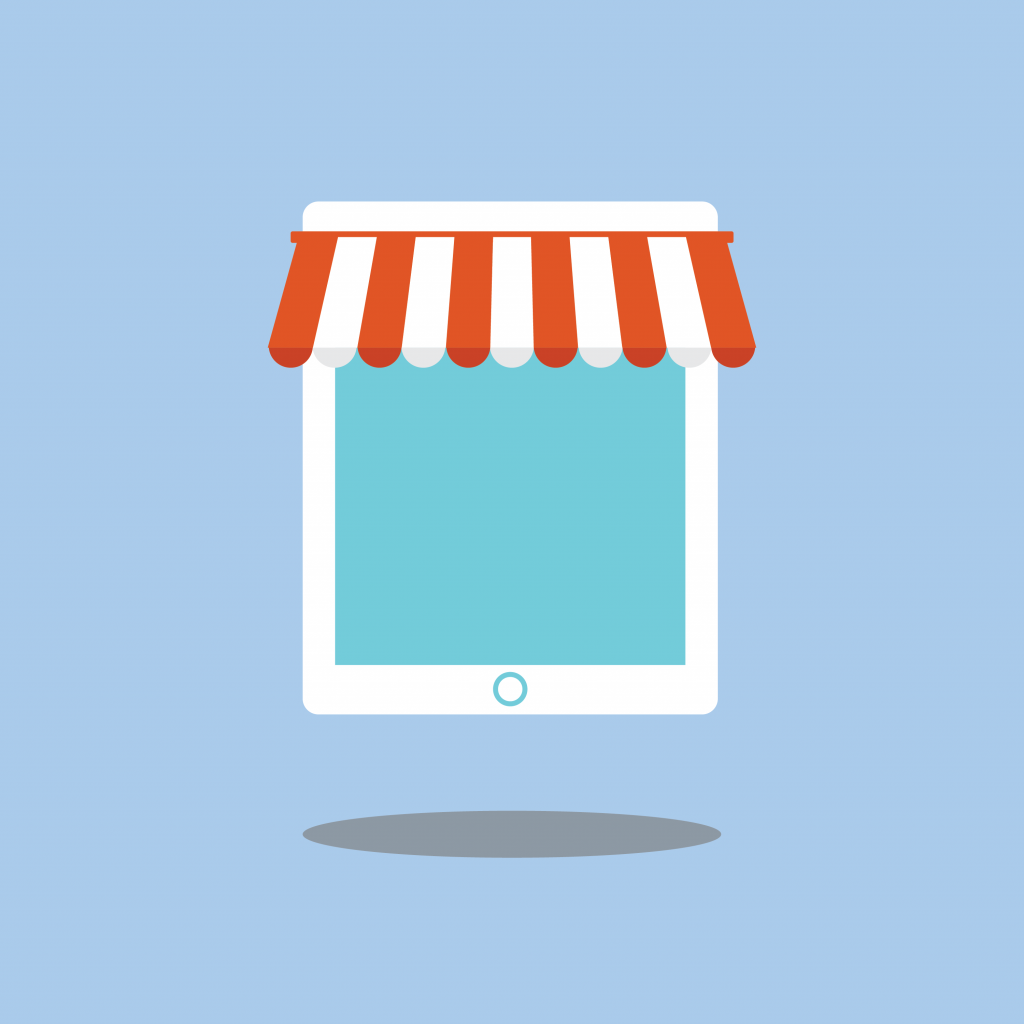Behöver du hjälp?
Vi vill gärna hjälpa dig!
Välj nedan vilket kontaktsätt som passar dig bäst.

Vi vill gärna hjälpa dig!
Välj nedan vilket kontaktsätt som passar dig bäst.

The digital grocery shopping dream has existed a long time. Fast-moving consumer goods (FMCG) were part of e-commerce’s early days, but as was the case with many others, these companies crashed during the dot-com collapse at the turn of the millennium. FMCG have been much more difficult to digitalise than generic consumer durables due to their special transportation needs and the specific rules that apply for handling food. The online retail food trade has grown substantially the past few years from low levels, and the question now is how quickly it will grow and how large the industry can become.

Online food growing quickly
FMCG represent approximately half of the sales in the retail trade, and the share of e-commerce within the FMCG sector was approximately 1 per cent in 2015. This can be compared to the book sector – the subsector that has progressed the most online – whose share of e-commerce was 49 per cent in 2015. E-commerce’s total share was approximately 7 per cent during the same period, which shows that the FMCG sector still has large online growth potential.
The digital development curve for an industry is generally described in different phases, with quick growth in the initial stages before the industry matures. This can be clearly seen in the digital grocery trade, which grew by a total of 31 per cent during the third quarter according to D-food Index. The growth rate means that overall sales in the industry will double in just over 2.5 years The advantage of online food is that the overall size of the industry motivates continued strong growth for a number of years to come even though it means increasingly higher sales calculated in kronor. Thus the digital grocery trade can become an important driving force for e-commerce as a whole.
Possibilities and challenges
Despite the strong growth figures, the online grocery trade is not without problems. The greatest challenge faced by the industry still involves logistics and transportation, which means that delivery is frequently restricted to urban areas. It is difficult to achieve financial viability with home grocery deliveries in areas with diminishing population density, since there is a risk of parts of the potential customer base being lost. It might be possible to use the established store networks to increase availability out in the country as the major FMCG players begin to increase their stake in e-commerce.
Digital FMGC retailers have been forced to modify the traditional freight system to accommodate their operations. Today deliveries are made quickly and right to the doorstep, and goods can also be delivered on weekends. Another difference is that in practice, digital grocers also deliver alcoholic beverages in conjunction with food orders; this is enabled as a result of the beverages officially being provided by a third party. There has also been experimentation with auxiliary services. PostNord recently announced that it would cooperate with a company called Mathem for the company’s transport vehicles to bring back returns of traditional e-commerce goods when visiting customers, so that the customers can avoid having to post the parcels themselves. Digital grocers have created a strength in the new delivery systems in that additional servicification and practical solutions can arise in the future.
There have also been several attempts to circumvent the problem of the customer having to be at home to accept the delivery. Digital locks enable deliveries inside the home and right to the consumer’s refrigerator. Volvo has also produced a similar system that enables deliveries to be made to the customer’s car boot for some of its car models if the customer does not want to allow a stranger into his or her home.
To conclude, online food is likely to continue growing in the future and at a rapid pace. This means that the share of online food in relation to the overall grocery trade will gradually increase. The greatest challenge faced by the industry is logistics, but at the same time daily home deliveries offer the possibility of increased servicification and improved delivery solutions. Online food is here to stay, and future food purchases will likely be different for many Swedes compared to today.